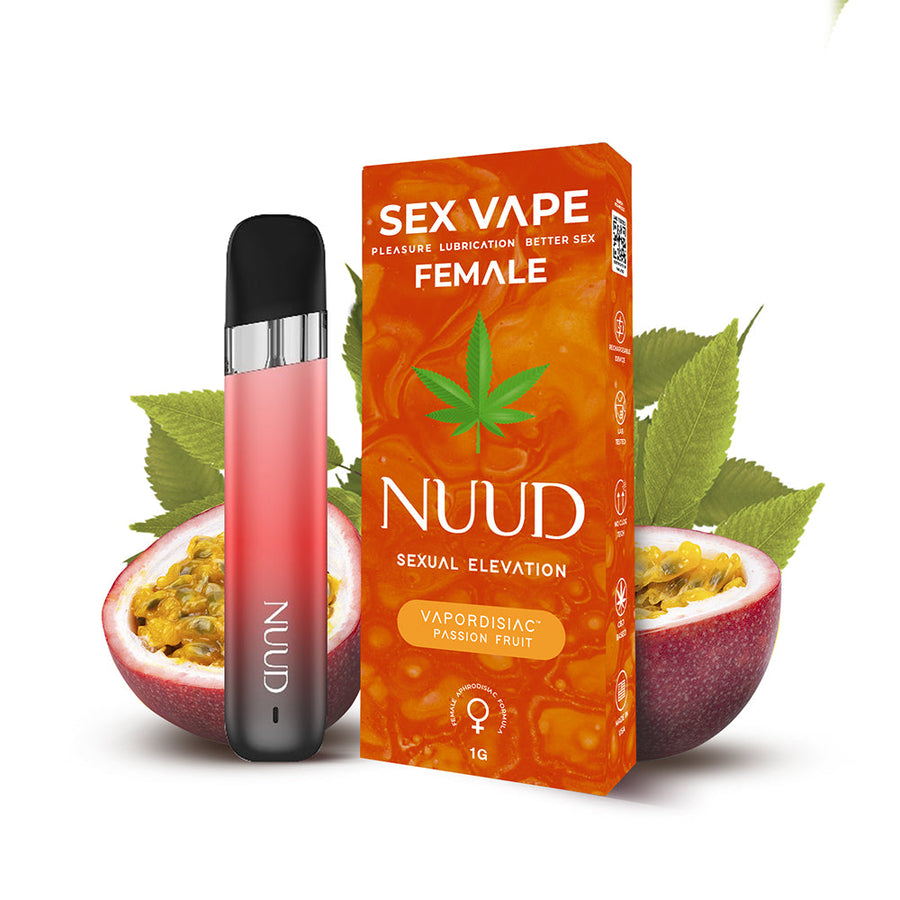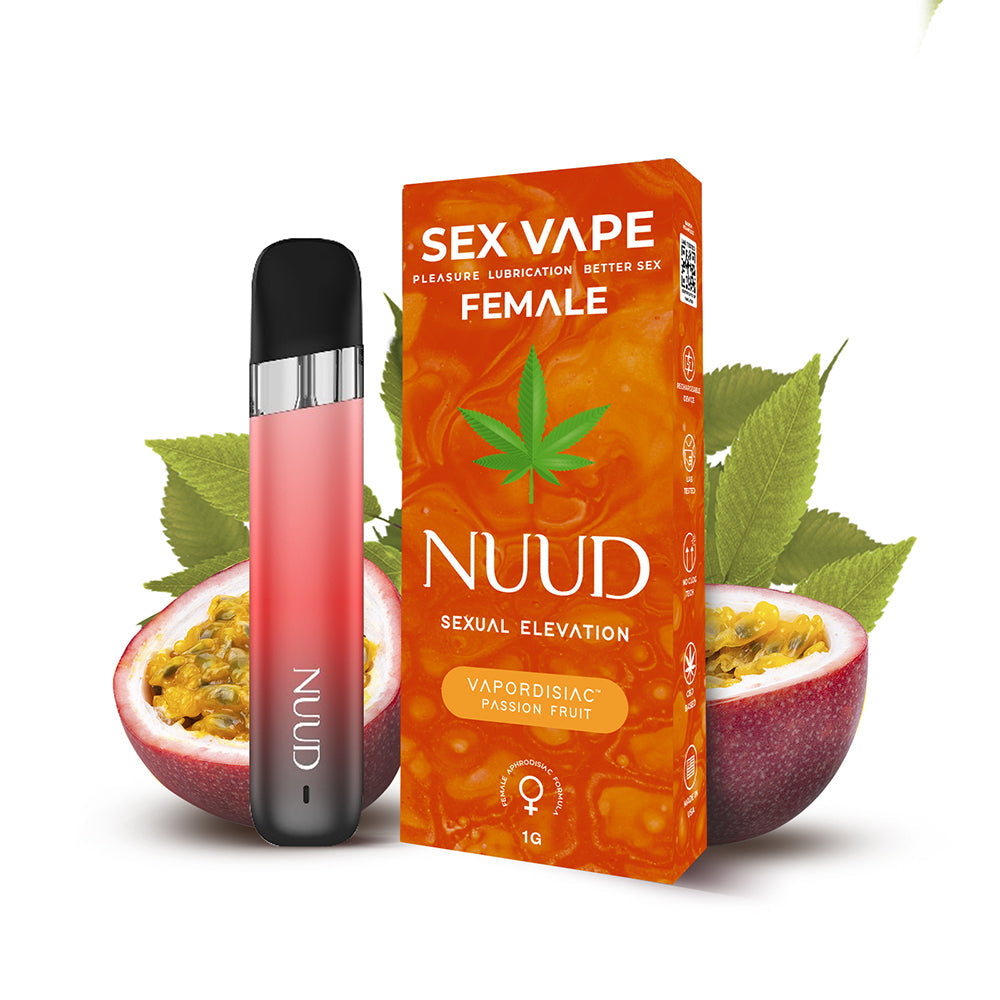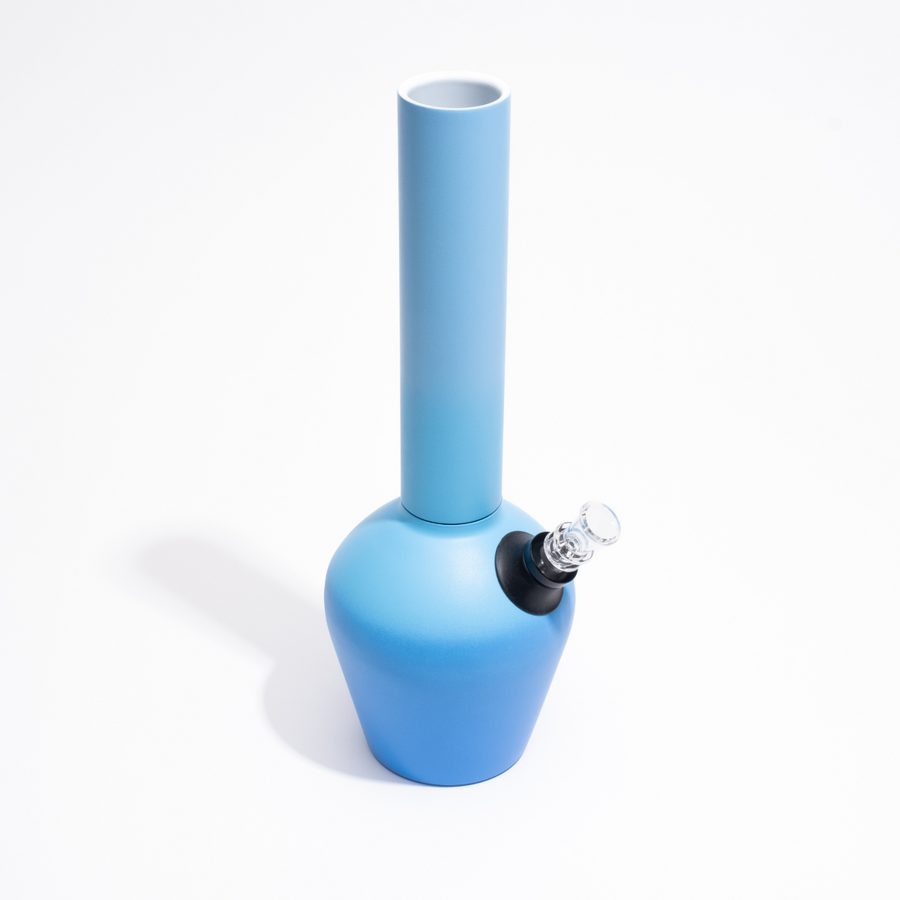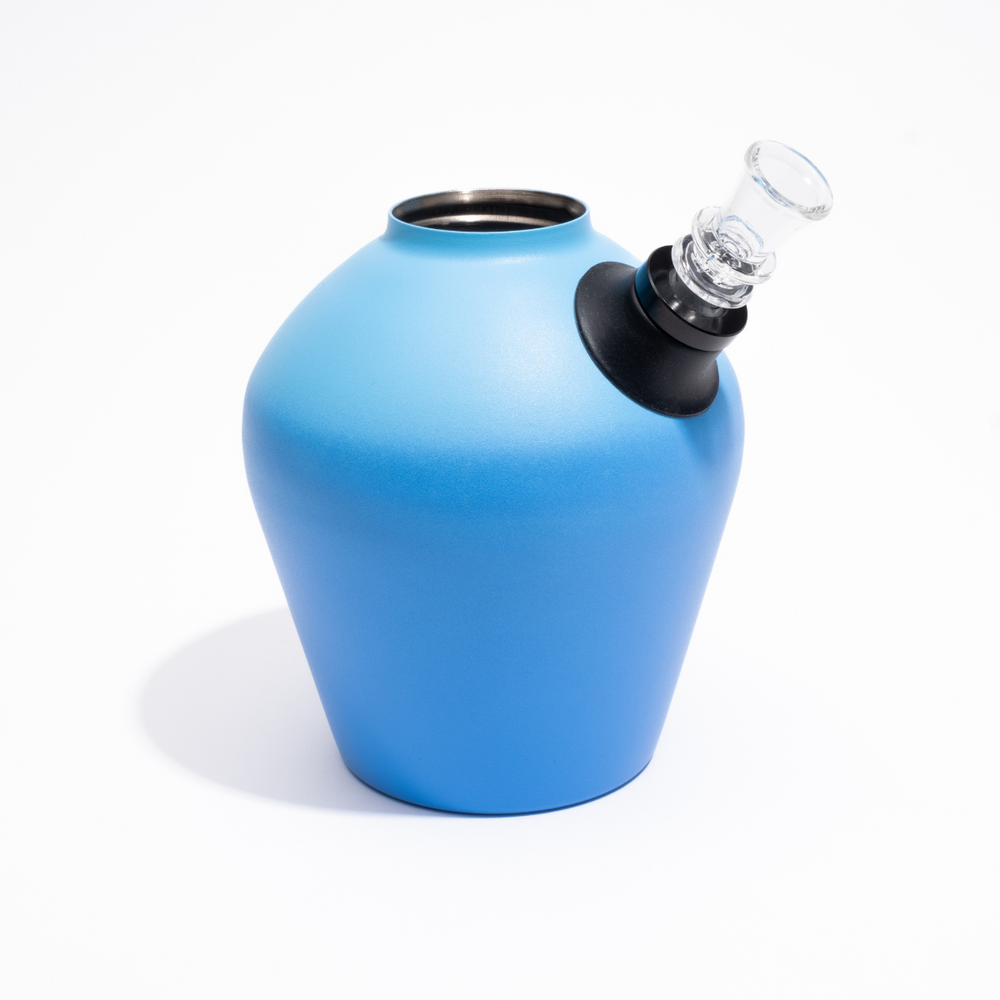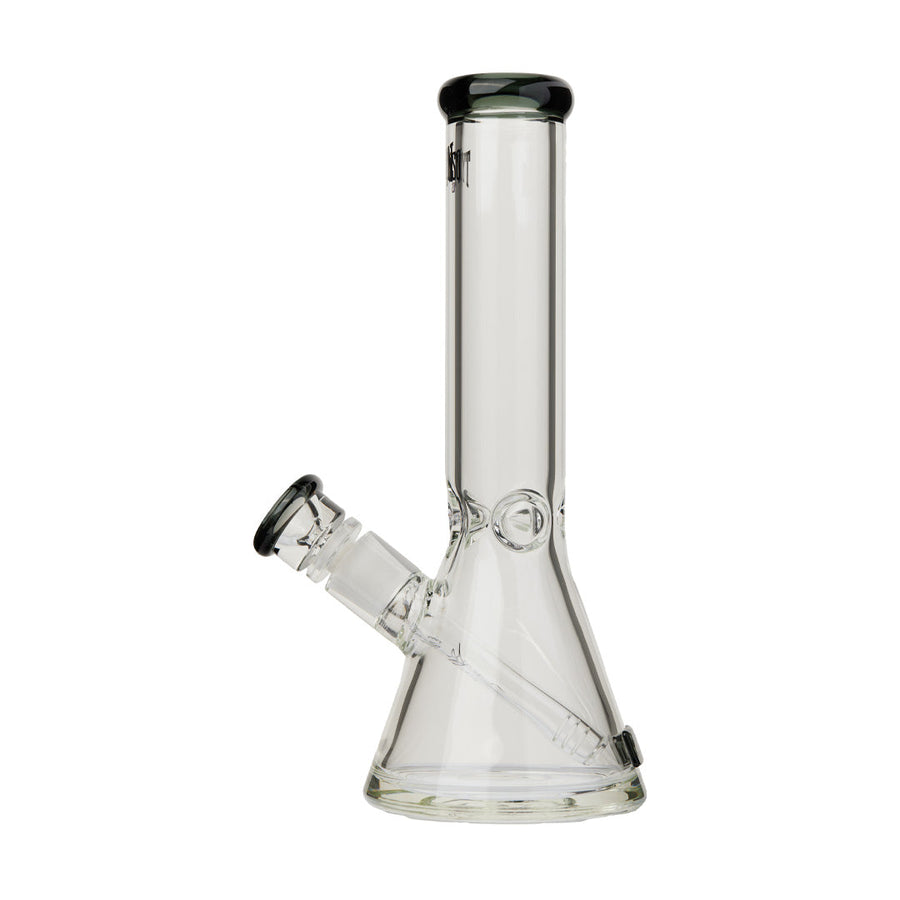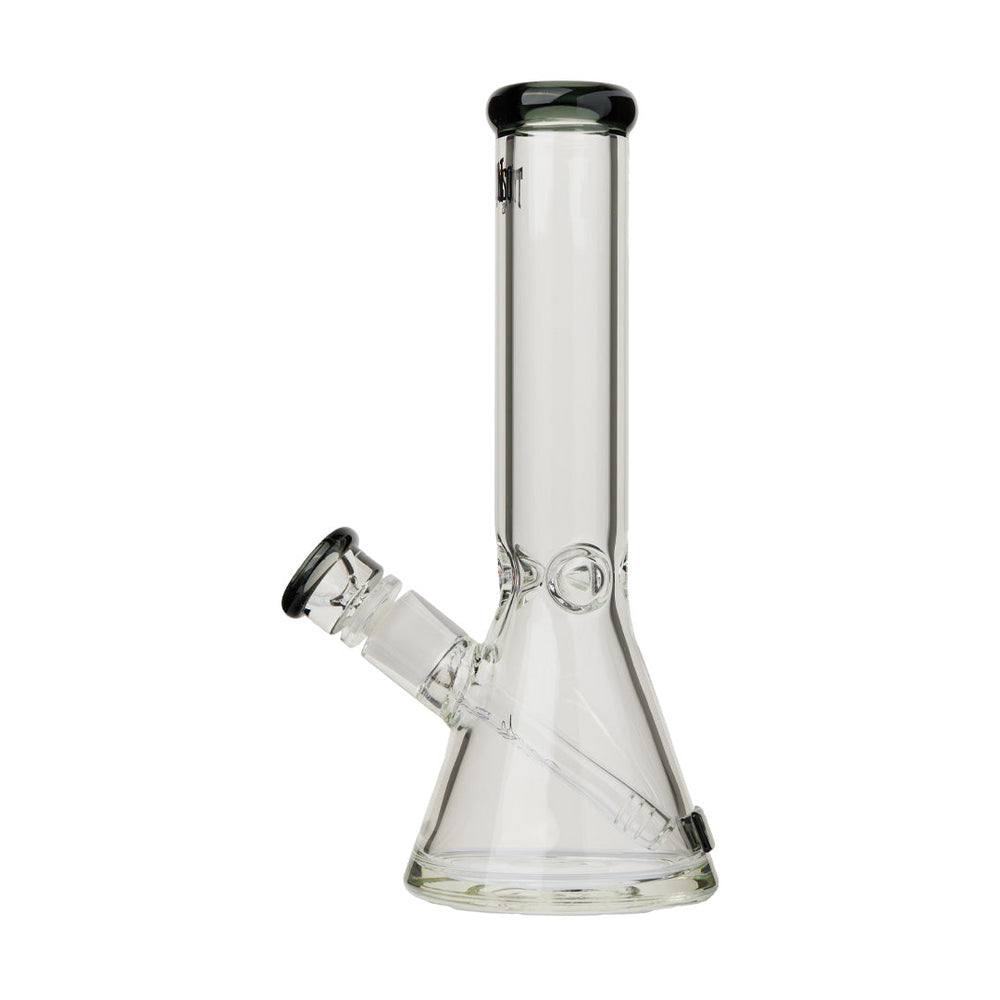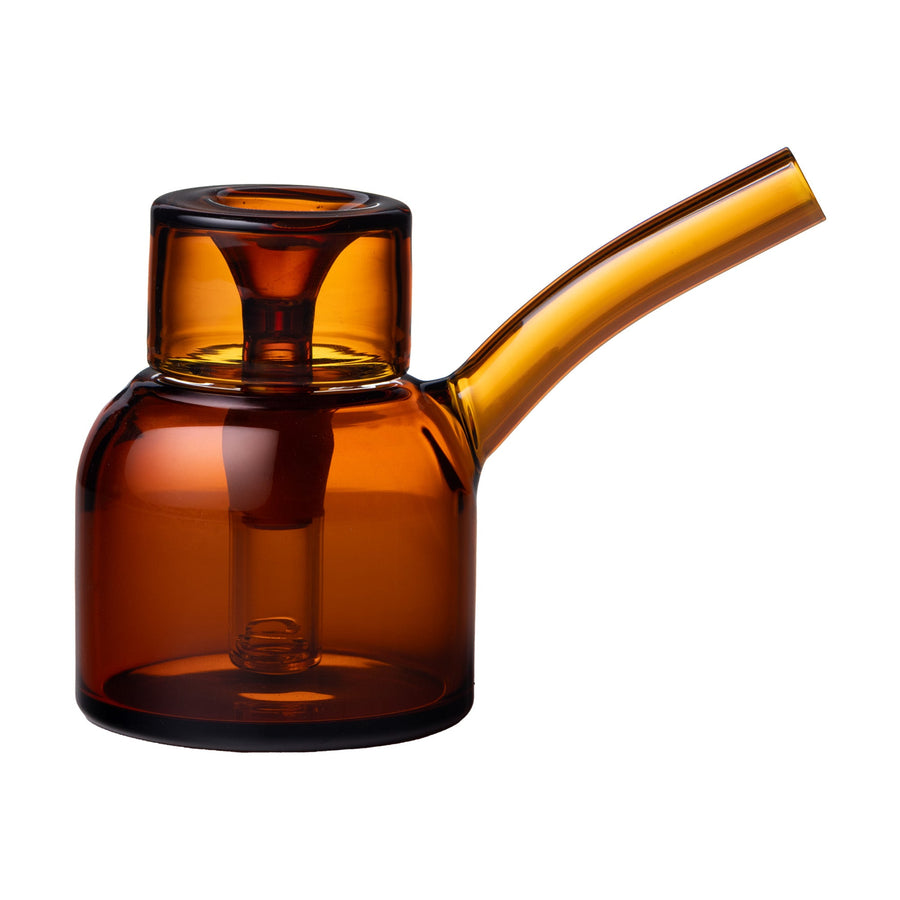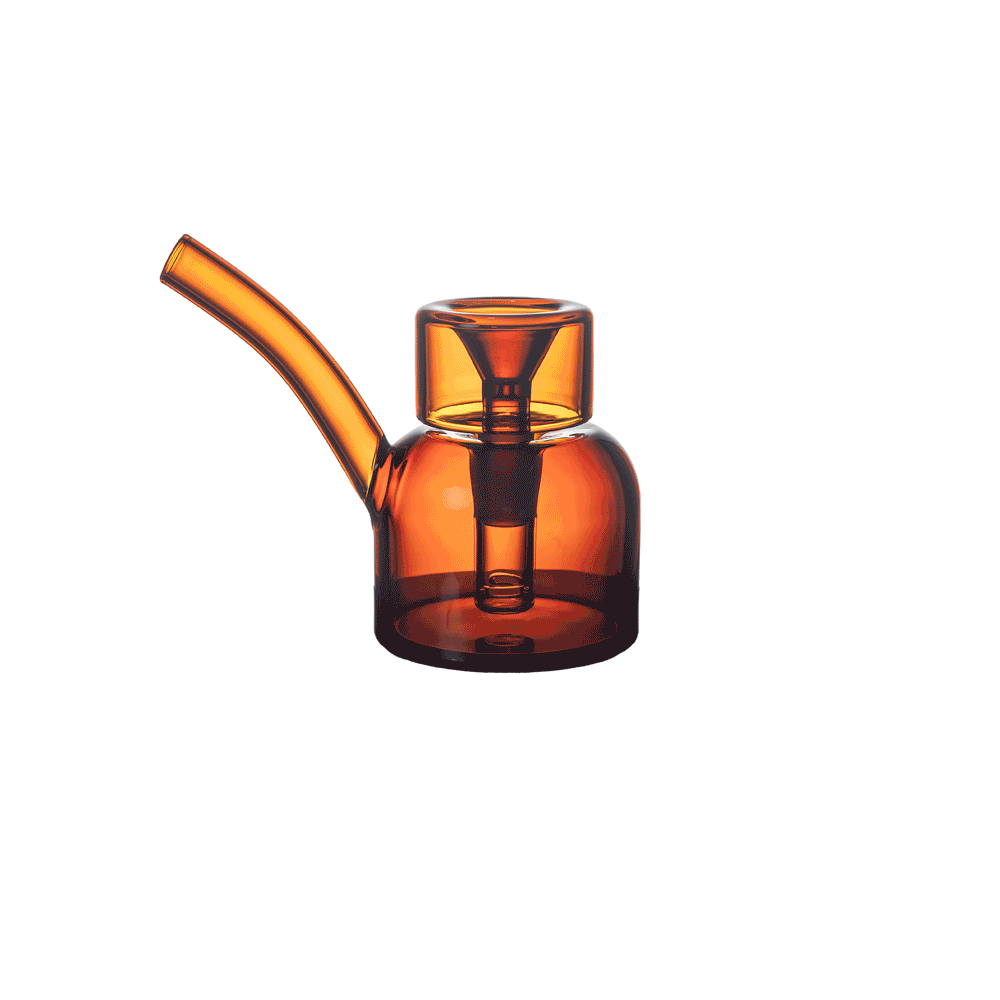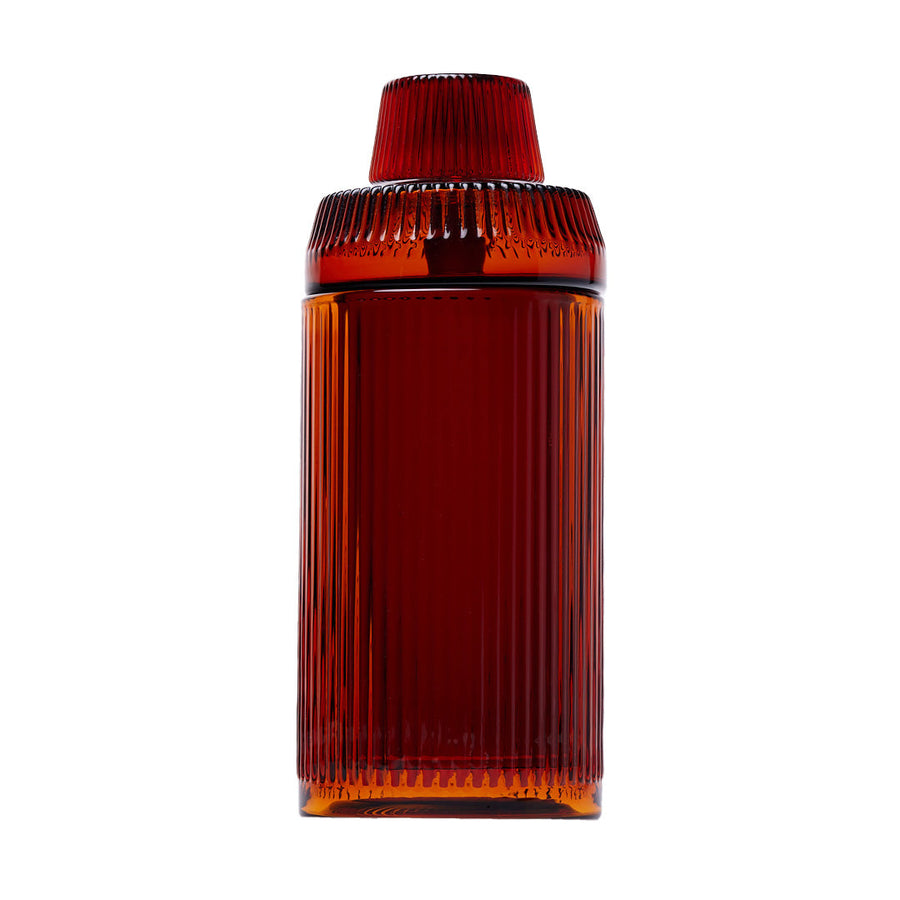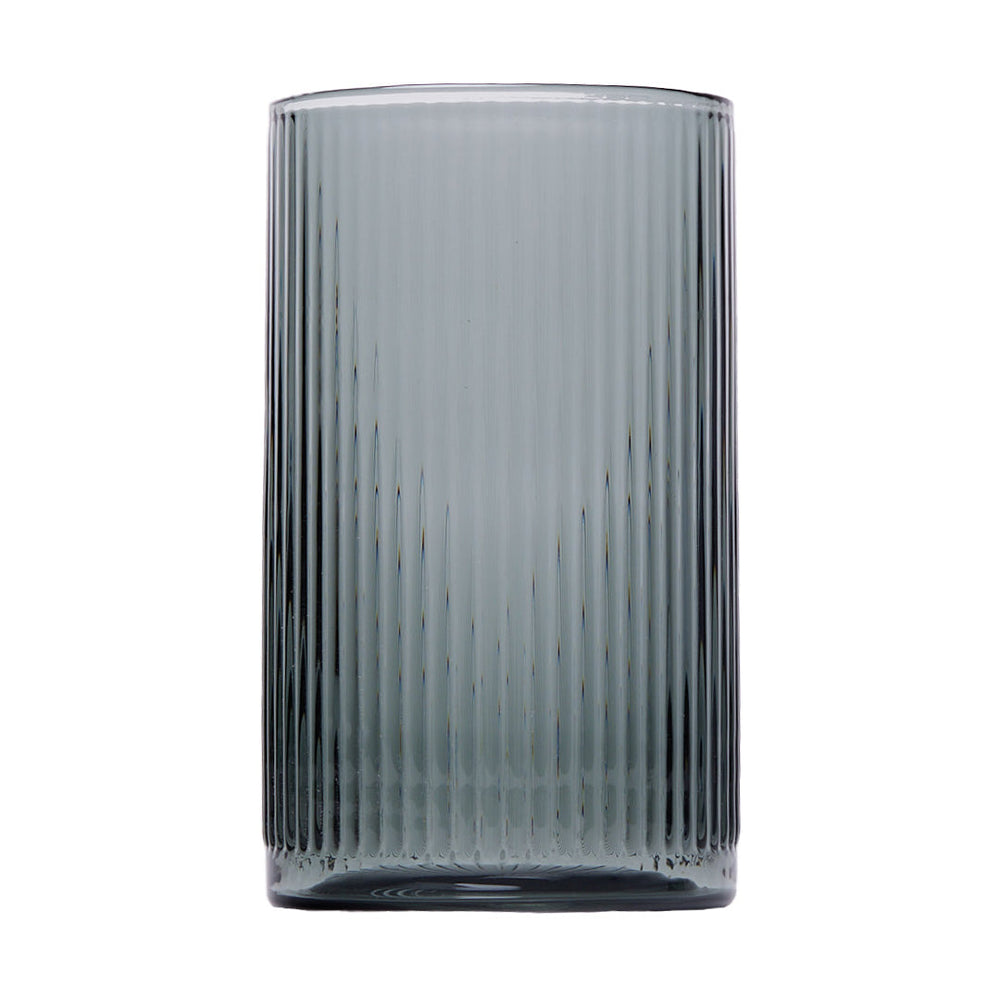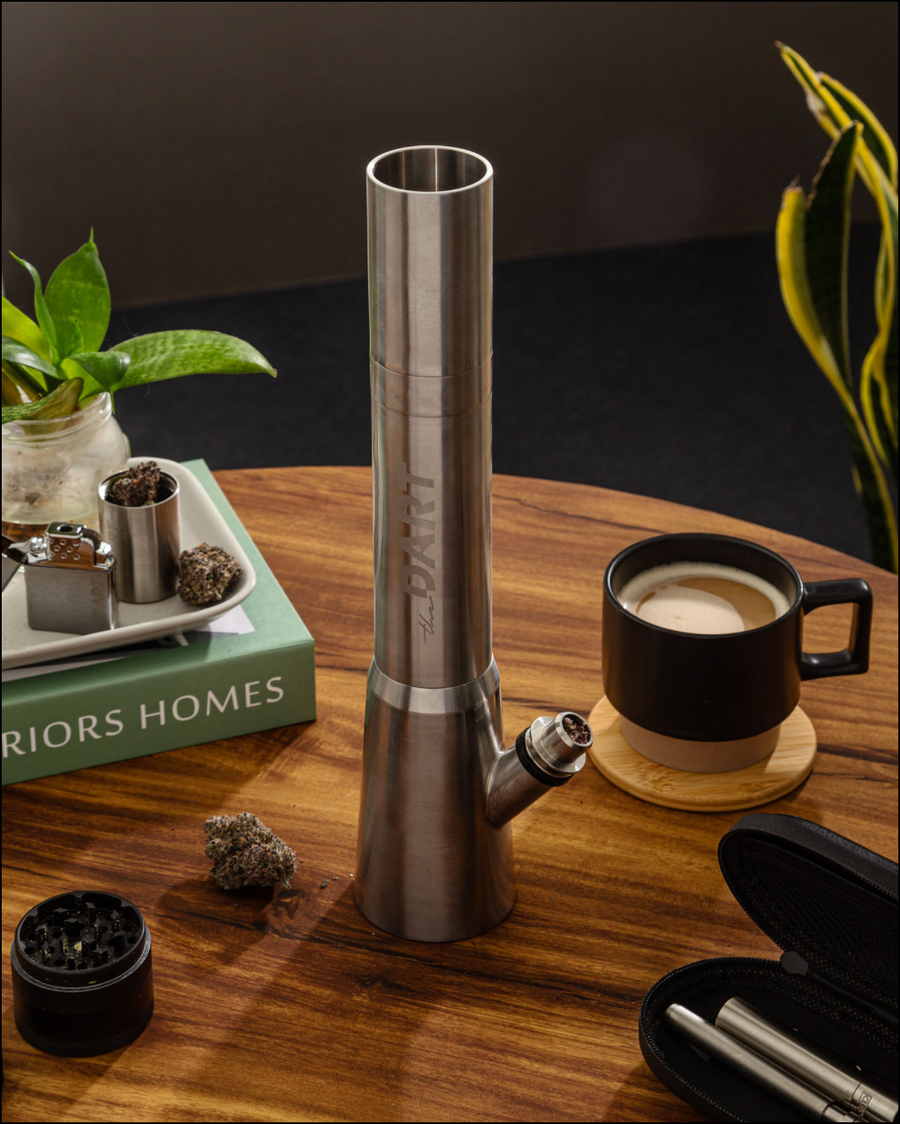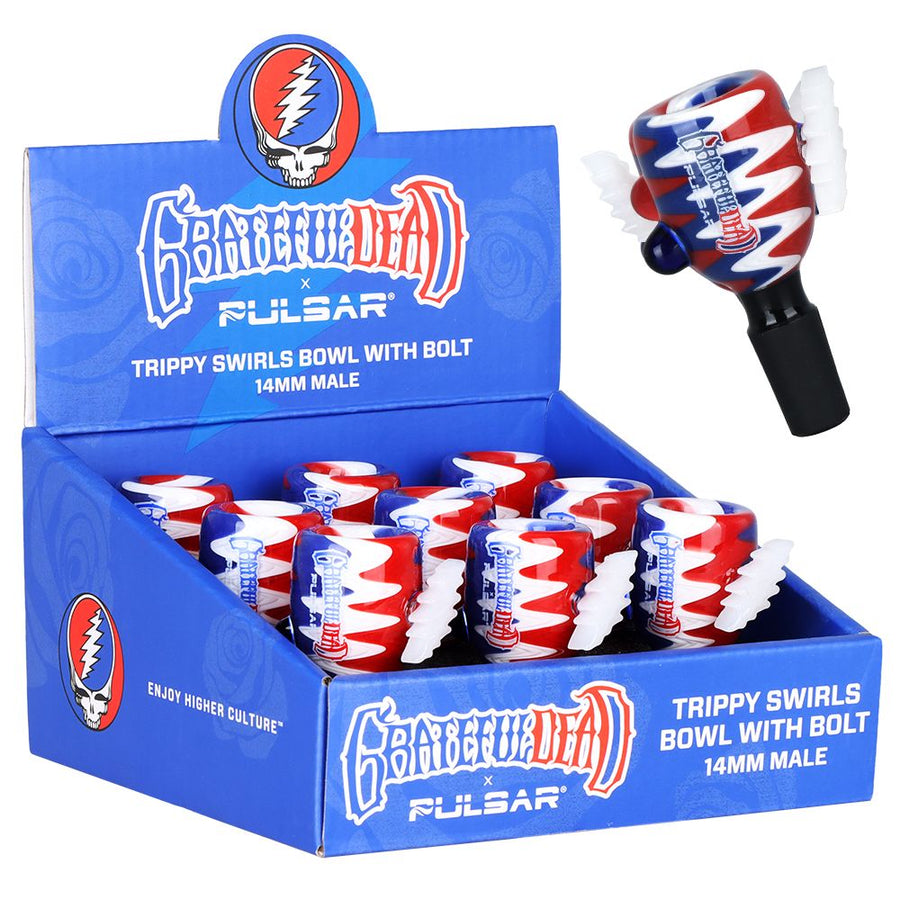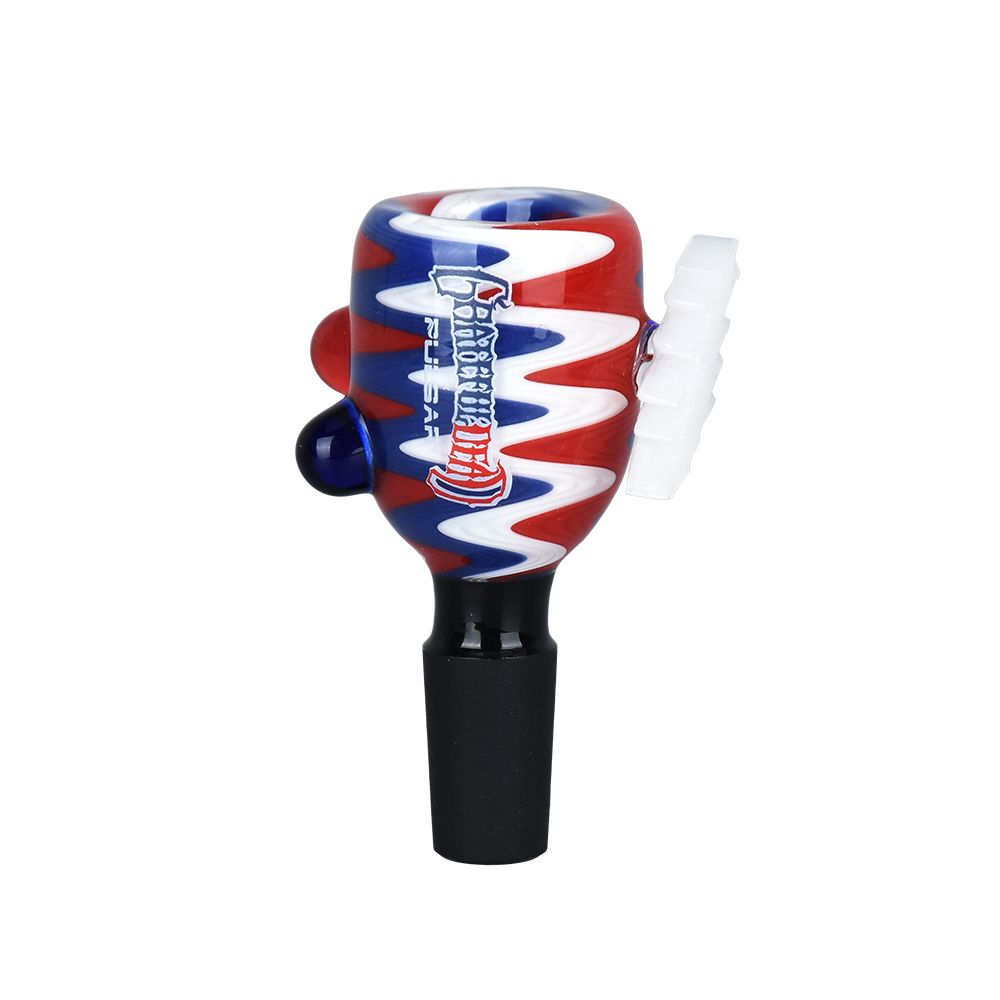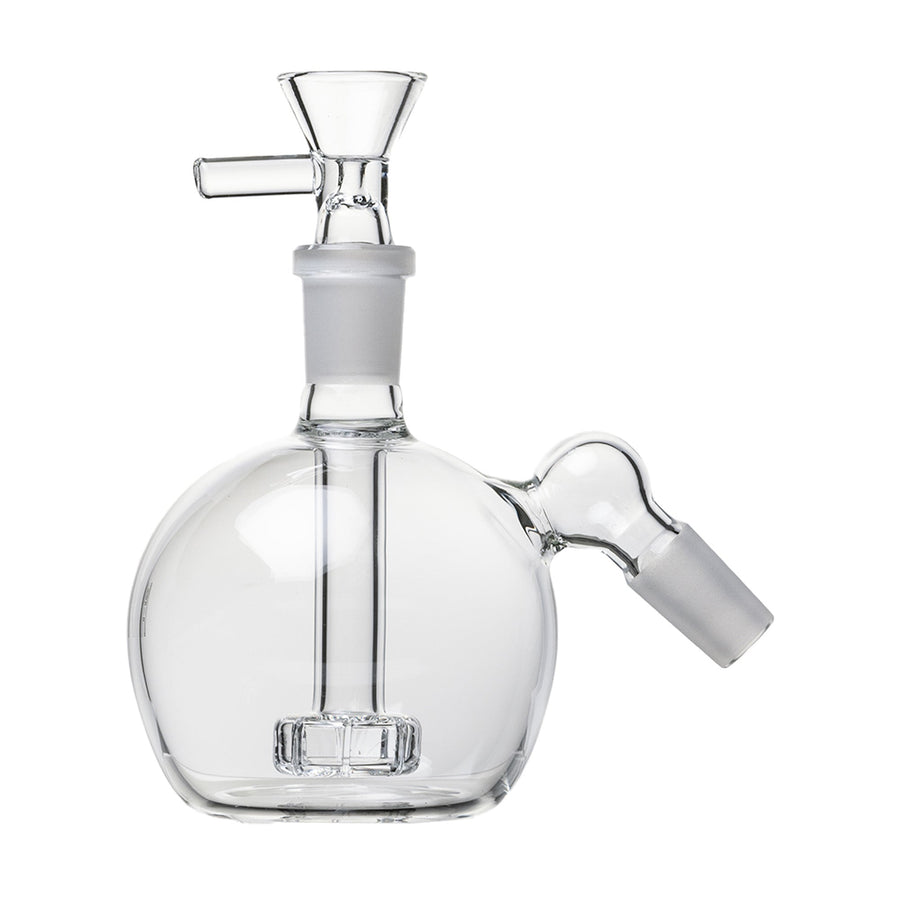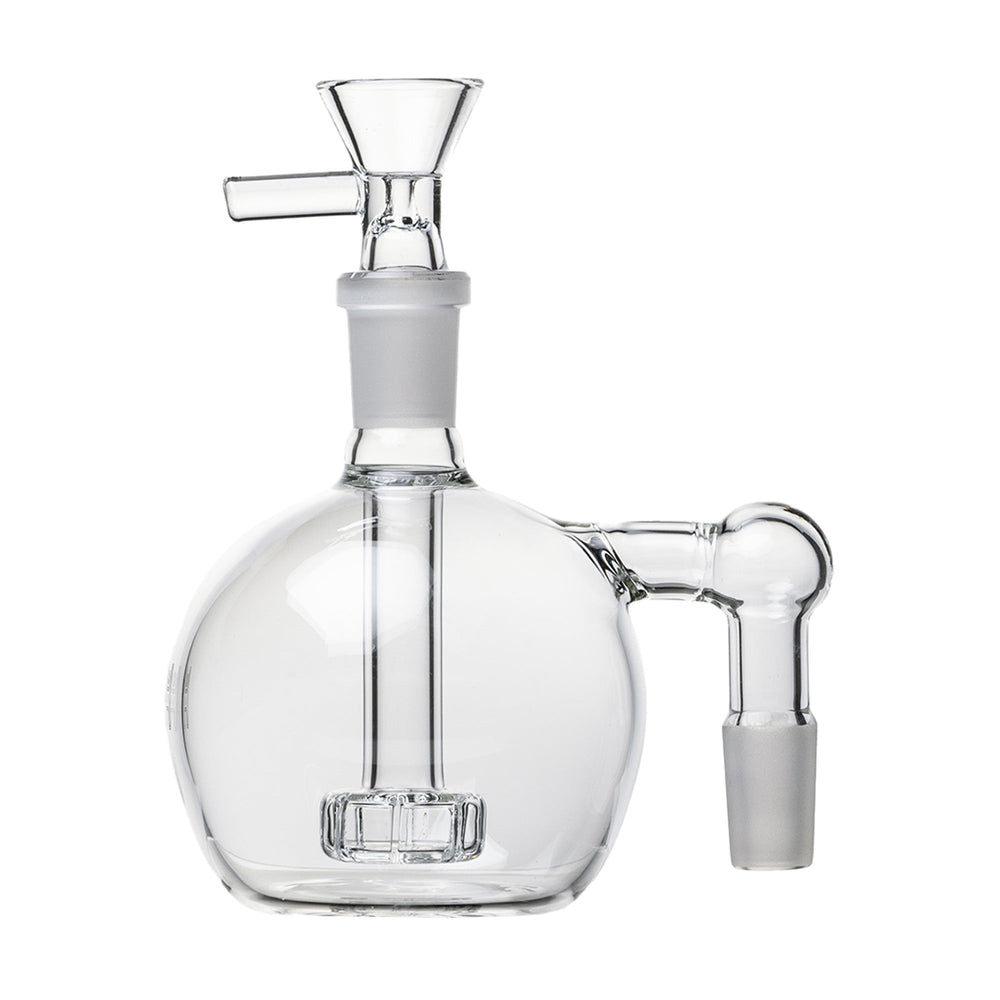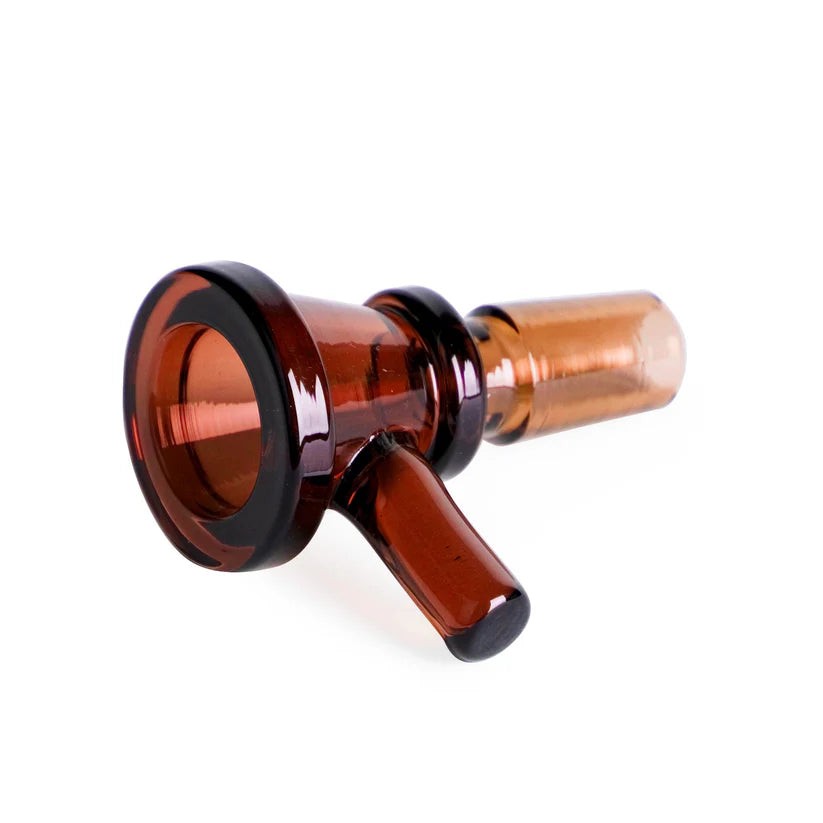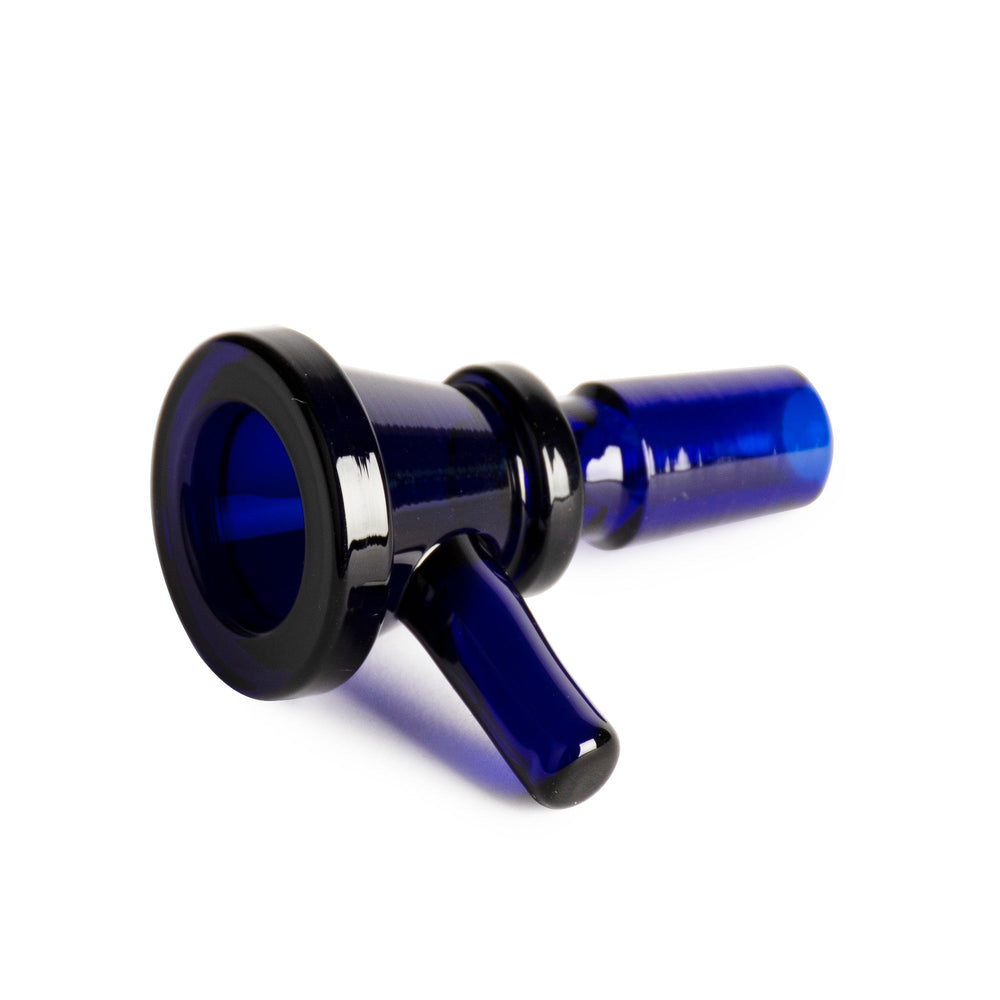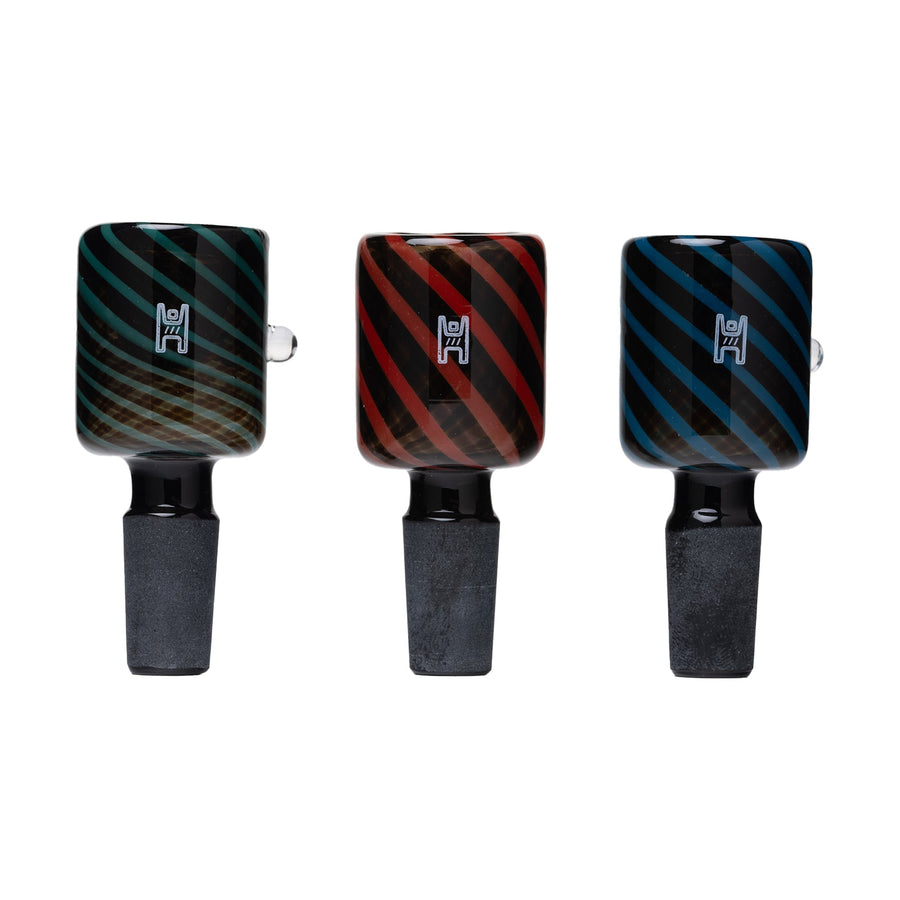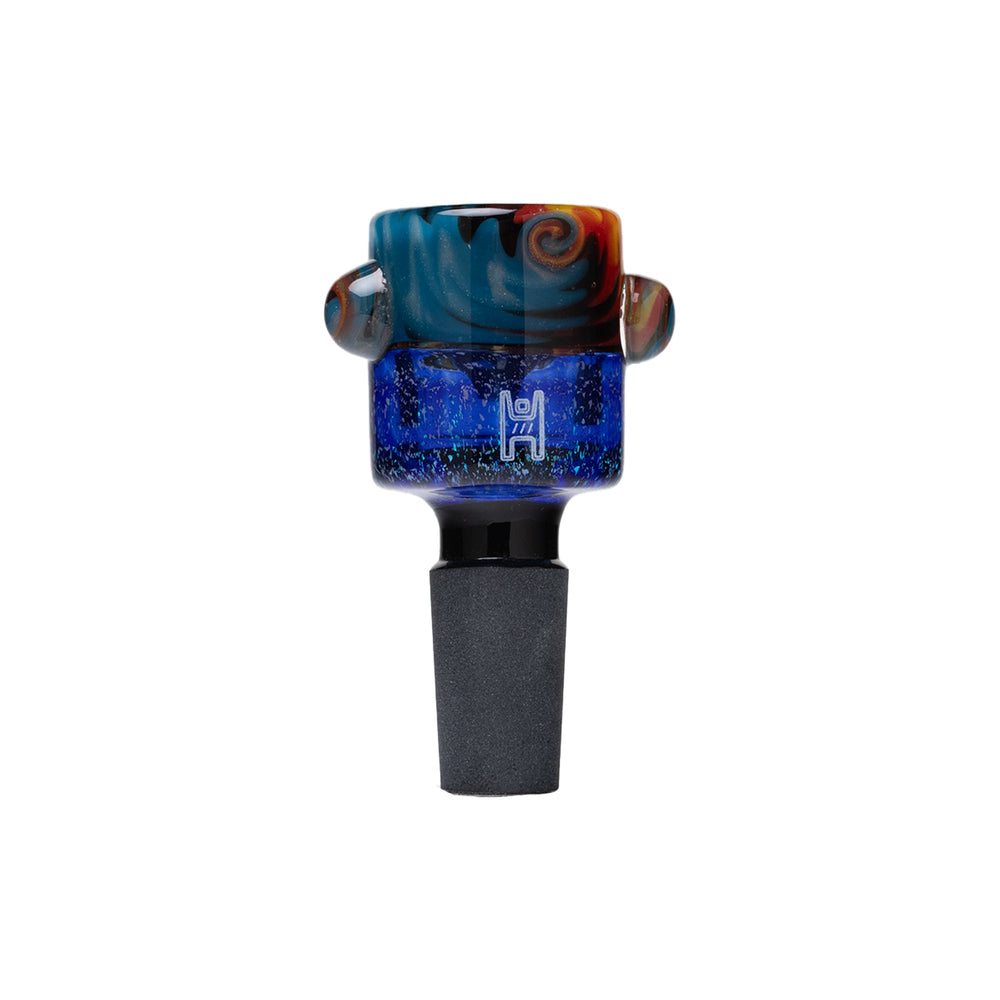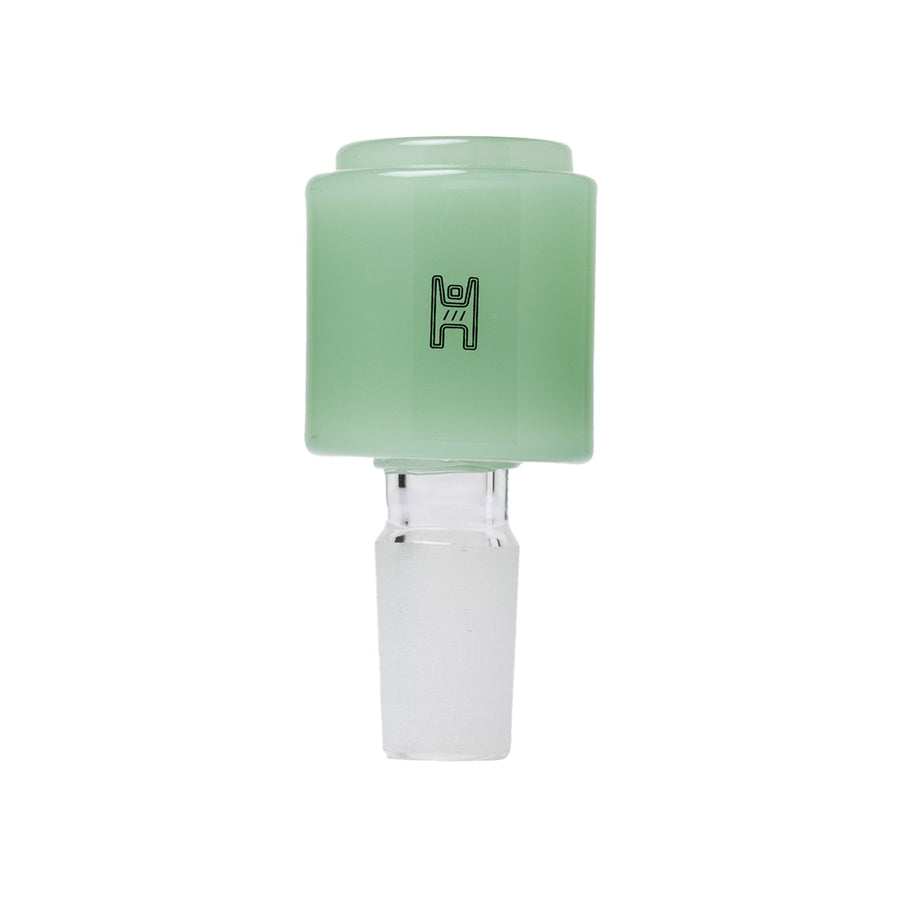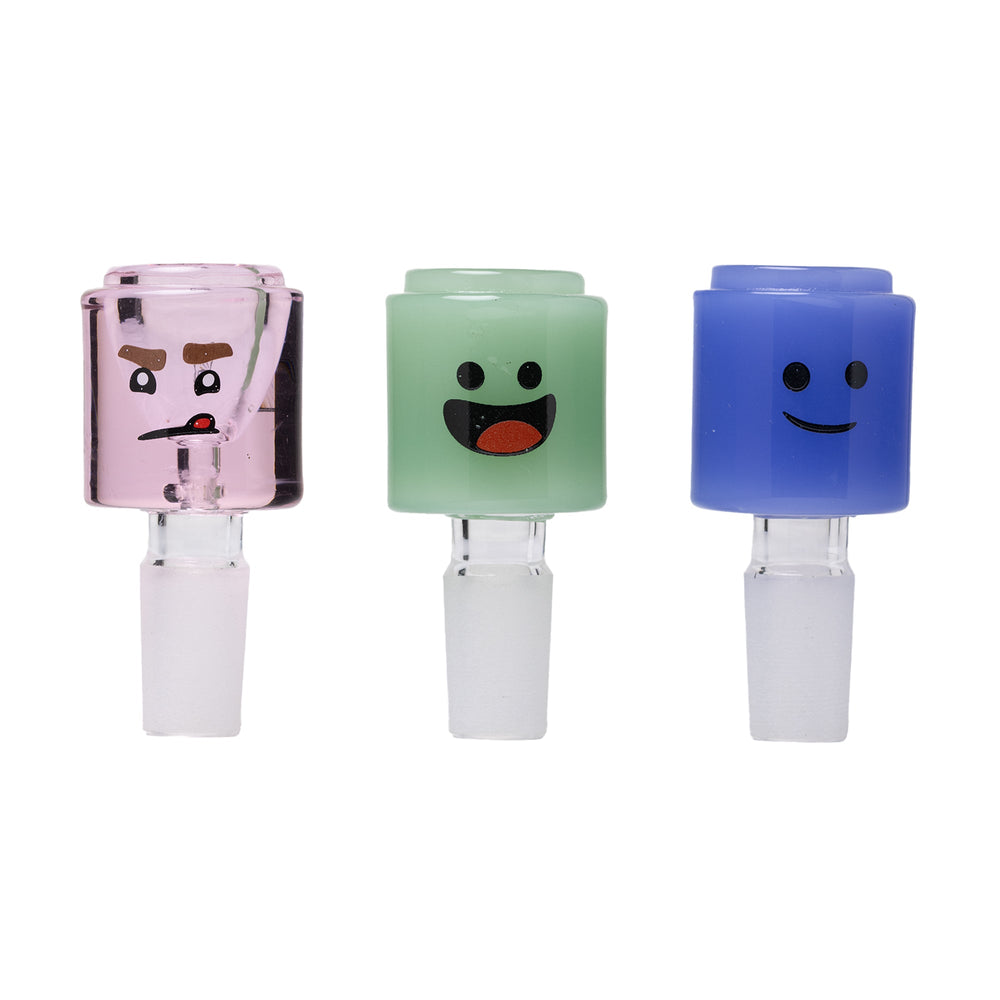When Did Bongs Get Popular? Exploring Their Rise Through History

Ever wonder, "When did bongs get popular?" People have used bongs for centuries, dating back to ancient times. This blog explores how these water pipes became a part of smoking culture across the world.
Keep reading to uncover their fascinating journey through history!
Early Beginnings of Bongs
Bongs have been around for centuries, with fascinating origins tied to ancient cultures. Their use and design evolved as they traveled across regions, picking up unique influences along the way.
The First Known Bongs in Africa
Ancient bongs first appeared in Africa. Archaeologists discovered water pipes made of gold and clay in Ethiopia. These artifacts date back to around the 14th century. They were buried alongside kings and queens, showing their cultural importance.
People used them for herbal substances during rituals and ceremonies. The designs highlight advanced craftsmanship for that time.
Smoking with water pipes likely tied to spiritual traditions. African societies valued these tools not just for consumption but also as symbols of status or power. The use of cannabis and other herbs played a role in their rituals, blending culture and substance into one practice.
The Spread of Bongs Along the Silk Road
The Silk Road helped bongs move between regions. Starting in Asia around 400 BC, they became part of trade and culture. Merchants carried water pipes along these routes, linking Asia to Africa and Europe.
This exchange introduced new ideas and traditions tied to smoking.
Bongs were often used for herbal mixes like cannabis. They fit into both social practices and rituals across different lands. As traders shared goods, they also spread bong designs and techniques.
This cultural sharing made bongs popular far beyond their origins.
The Bong in Asian Culture
Bongs have deep roots in Asian traditions, weaving through centuries of cultural practices. They played a key role in rituals and social gatherings across the region.
Influence of China and Thailand
China and Thailand played a big role in shaping bong culture. Ancient Chinese used bongs as smoking devices for cannabis and other herbs. The water pipe design helped cool the smoke, making it smoother to inhale.
In Thailand, traditional practices showcased similar tools made from bamboo or clay.
These cultures spread bong use through trade along the Silk Road. Merchants carried artifacts like hookahs and water pipes across Asia. This helped popularize them in new regions over time.
Their influence can still be seen today in modern designs inspired by these ancient traditions.
The Role of Bongs in Traditional Practices
Bongs played a key role in ancient rituals across Asia. Dating back to 400 BC, they were more than tools for smoking herbs. People used them in ceremonies, combining their practical use with symbolic meaning.
Waterpipes appeared in various traditions and cultures, often during religious or social gatherings. They acted as instruments to purify the smoke by filtering it through water, connecting the experience to cleansing and balance.
Asian societies valued bongs for their ceremonial importance. In some regions, people used them during offerings and prayers with sacred herbs. These practices traveled along trade routes like the Silk Road, spreading bong culture far beyond its origins.
The traditional connection between bongs and rituals highlights their deep roots in history and shows how intertwined they are with cultural heritage.
“The bong isn’t just an accessory; it’s a tie to ancient tradition.”
The Arrival of Bongs in the Western World
Bongs made their way to the West through trade and cultural exchanges. They quickly adapted to Western lifestyles, sparking new designs and uses.
The Introduction of Bongs to Europe
Bongs entered Europe through cultural exchanges along trade routes like the Silk Road. Traders and travelers brought these waterpipes from Asia, where they had been used since 400 BC.
Europeans adapted bongs to smoke tobacco as it gained popularity during the 16th century. This marked their shift from traditional ritual use to recreational smoking trends.
The Evolution of Bongs in America
Bongs entered American culture in the 1960s and 1970s, thanks to changing attitudes. The counterculture movement played a big role in their rise. People started using them more for cannabis as smoking became a form of self-expression.
Glassblowing also changed the game during this time, with Bob Snodgrass leading the charge. His colorful glass designs made bongs both functional and artistic, boosting their appeal.
Head shops began popping up all over America by the 1970s. They sold bongs alongside other smoking apparatuses, solidifying their place in cannabis culture. Dorm rooms and private homes often had at least one water pipe on hand as weed gained popularity among young adults.
Despite being tied to stoner stereotypes, these devices became mainstream symbols of personal freedom and creativity during this era.
The Popularity Surge in the 1960s and 1970s
The 1960s and 1970s brought bongs into the spotlight like never before. They became a symbol of rebellion, art, and self-expression during this iconic era.
The Role of Bob Snodgrass and Glass Bongs
Bob Snodgrass became the godfather of glass bongs in the 1960s and 1970s. He followed the Grateful Dead on tour, selling his creations to fans. His designs were unique and artistic, making them stand out among smoking apparatus options at that time.
Glass bongs quickly gained popularity during this era of counterculture movements like the hippie movement. They appeared in dorm rooms, head shops, and other parts of cannabis culture.
Snodgrass's work helped transform water pipes from simple tools into pieces of glass art embraced by stoner lifestyles. This shift paved the way for modern bong innovations seen today.
The Influence of Counterculture Movements
Glass bongs became symbols of freedom and rebellion in the 1960s and 1970s. The counterculture movement, fueled by hippies and social revolutionaries, embraced cannabis as part of their lifestyle.
This era celebrated alternative lifestyles like peace, love, and psychedelia that challenged mainstream norms.
Marijuana use surged during this time with stoner culture thriving at music festivals and protests. Bongs were seen as tools for self-expression since they connected art with herb consumption.
The designs often reflected bold colors and patterns tied to the psychedelic movement. These trends helped normalize cannabis culture while shaping how society viewed marijuana users.
The Legal and Social Challenges
Bongs have faced strict laws and social pushback over the years. Many people still link them to negative stereotypes, making their acceptance harder in some places.
Government Regulations and Crackdowns
Government regulations have shaped how people view bongs. Many laws link them directly to cannabis use, which has caused bans and restrictions in some places. In 2003, "The Crisis of 2003" showed the impact of enforcement when authorities cracked down on bong sellers across the United States.
Many concerns focus on health risks associated with waterpipe smoking. These worries often fuel stricter rules about their sale and use. During the 1960s and 1970s, legalization efforts for cannabis helped shift public opinion slightly toward acceptance.
Still, stigma around bongs remains strong due to old laws and cultural perceptions tied to drug usage.
The Cultural Stigma Around Bongs
Bongs have faced strong cultural stigma due to their link with marijuana. Many people associate them with counterculture movements of the 1960s and 1970s, which shaped public attitudes.
This connection led to stereotypes about users being lazy or rebellious. Government crackdowns, like "The Crisis of 2003," added pressure by targeting bong sales in an effort to curb drug use.
Negative portrayals in media further painted bongs as tools for illegal activity, making mainstream acceptance difficult.
Health concerns also play a role in this stigma. Research shows that frequent bong usage might increase risks of cannabis dependence and lung issues. These findings continue to fuel negative perceptions about bong use today despite changing laws around marijuana legalization.
While accessibility has improved through online retailers, many still view bongs as symbols linked to recreational drug abuse rather than traditional or personal use tools rooted in history.
Modern Innovations in Bong Design
Bong designs have changed a lot over the years, blending function with creativity. Artists and engineers now make unique and stylish pieces that fit different tastes.
Glass Bongs and Artistic Evolution
Glass bongs took off in the 1960s and 1970s, blending function with art. Bob Snodgrass became a key figure during this time. He crafted colorful, artistic glass bongs while following the Grateful Dead on tour.
His designs helped change how people viewed smoking, making bongs more than just tools.
Today, glass bongs are seen as both functional items and pieces of art. Artists create intricate shapes and vibrant colors that appeal to personal tastes. Changing views on cannabis use have pushed creativity further too.
Modern techniques also improve durability and functionality while keeping them visually stunning. This shift leads into the rise of online bong shops showcasing unique designs for everyone to explore next!
The Rise of Online Bong Retailers
Online bong retailers have changed how people shop for smoking accessories. Sites like Headshop.com offer a wide range of bongs right at your fingertips. This shift to eCommerce has broken old barriers, giving consumers easier access to products worldwide.
Retail innovation in this area allows more people to explore modern designs and advanced features straight from their phones or computers.
The cultural acceptance of cannabis has boosted the popularity of online shopping for bongs. These platforms show off unique styles and designs that reflect today’s trends in cannabis culture.
With so many choices available online, it’s clear the market is growing fast and reaching new users daily. Bongs now come in countless shapes, sizes, and materials, which leads naturally into exploring their variety today!
Exploring the Wide Variety of Bongs Available Today
Bongs now come in so many styles. From classics like beaker bongs to modern designs like percolator or gravity bongs, there’s something for everyone. Headshop.com shows how much variety exists today with its diverse options.
Glassware has become incredibly popular too, thanks to its sleek look and easy cleaning.
Design trends keep changing as more people enjoy cannabis consumption. Many new bongs focus on better filtration and smoother hits using percolation systems. Accessories also play a big role in enhancing the user experience, adding convenience or style to smoking accessories.
These innovations reflect cultural changes while improving both function and design daily!
Conclusion
The history of bongs is rich and fascinating. From ancient times to modern days, they have grown into a cultural icon. Their journey spans continents, cultures, and decades of change.
Today, they stand as both tools and art pieces for many cannabis users. The story of their rise is far from over!
FAQs
1. When did bongs first appear in history?
Bongs have been around for centuries. They were first used in Central Asia and Africa, with early examples dating back to ancient times.
2. How did bongs become popular in modern culture?
Bongs gained popularity during the 1960s and 1970s counterculture movement, especially in the United States, as smoking became more mainstream.
3. What materials were early bongs made from?
Early bongs were often made from natural materials like bamboo or clay, reflecting the resources available to different cultures.
4. Why are bongs still widely used today?
Bongs remain popular because they provide a smoother smoking experience and are now crafted with advanced designs using glass or other durable materials.


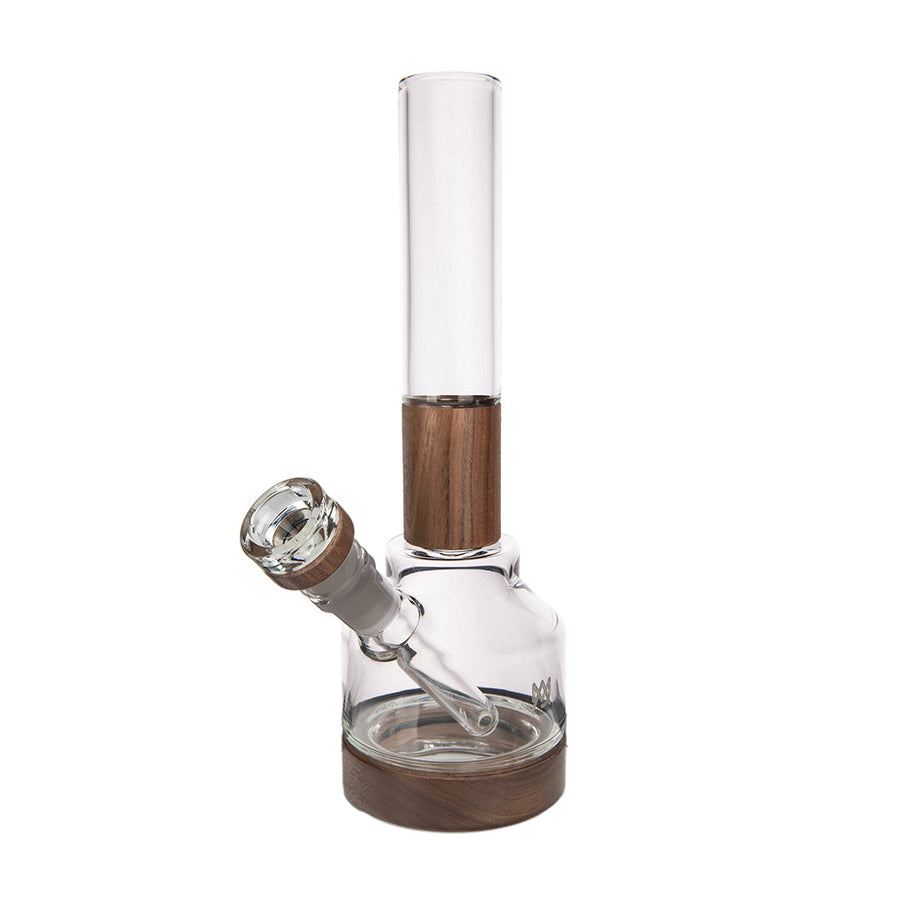
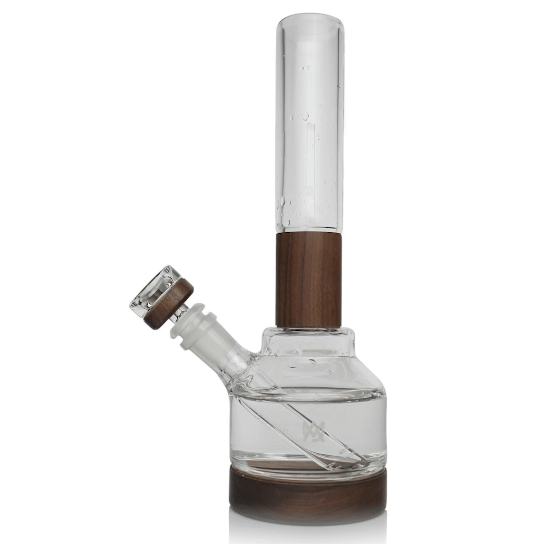


![Vessel Helix Pipe [Copper] - Headshop.com](http://www.headshop.com/cdn/shop/files/ad3c0443-b76d-4fe5-84b8-a617dd50a950.jpg?v=1747419387&width=900)
![Vessel Helix Pipe [Copper] - Headshop.com](http://www.headshop.com/cdn/shop/files/7b0e06e3-9106-4684-80e4-408362c34085.jpg?v=1747419388&width=1000)
![Vessel Wood Vape Pen Battery [White/Beechwood] + - Headshop.com](http://www.headshop.com/cdn/shop/files/4ecd5d0f-363a-454e-a7a0-229fb93bf456.jpg?v=1725470645&width=900)
![Vessel Wood Vape Pen Battery [White/Beechwood] + - Headshop.com](http://www.headshop.com/cdn/shop/files/d232e493-09e6-4574-b44c-3e2bde9425b4.jpg?v=1725470647&width=1000)

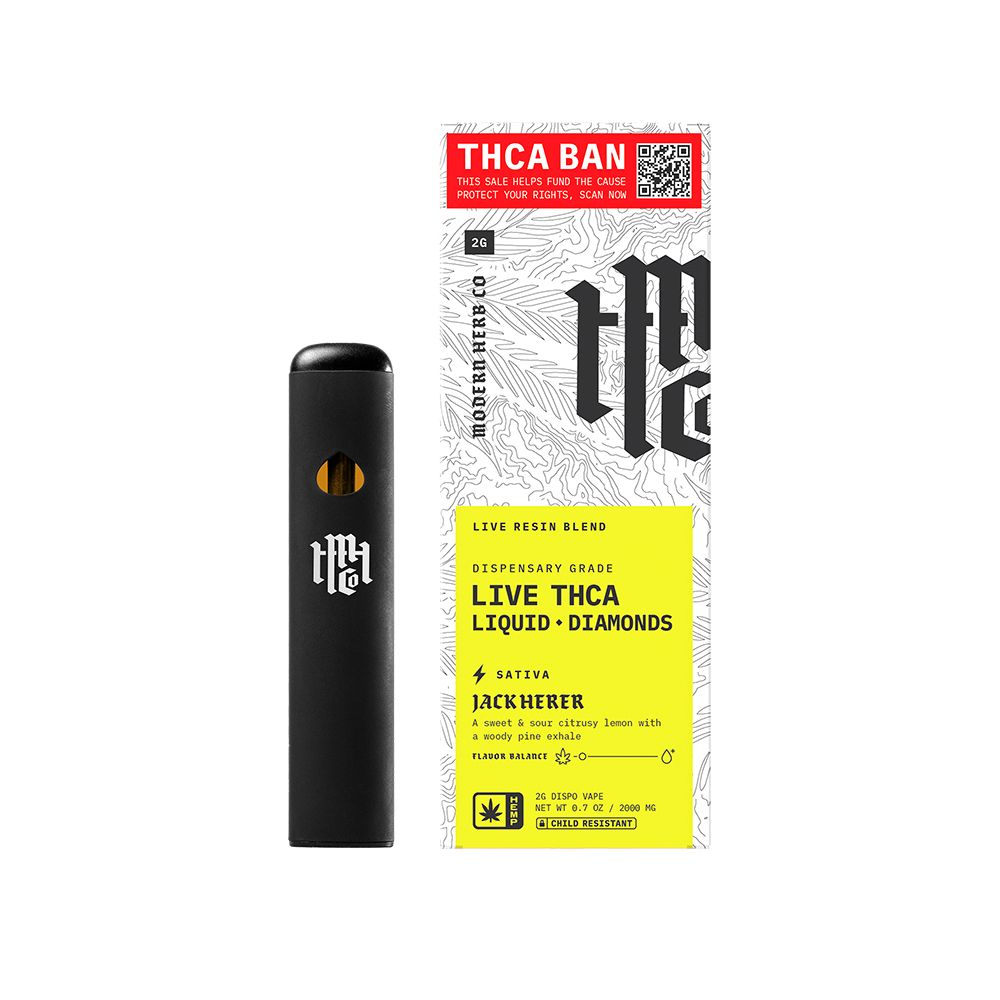
![Vessel Compass Apex Charger [Black] - Headshop.com](http://www.headshop.com/cdn/shop/files/f10e6bf4-6ce7-4a59-a50e-a4184f069754.jpg?v=1729115238&width=900)
![Vessel Compass Apex Charger [Black] - Headshop.com](http://www.headshop.com/cdn/shop/files/dce98c70-346c-405f-aca8-d59c7feed96d.jpg?v=1729115240&width=1000)
